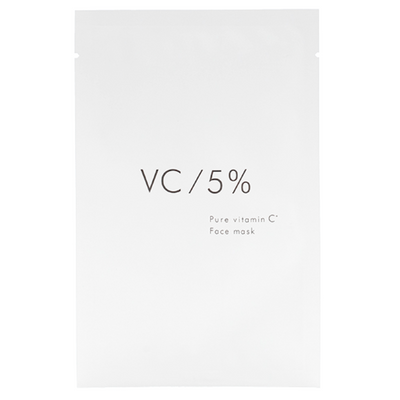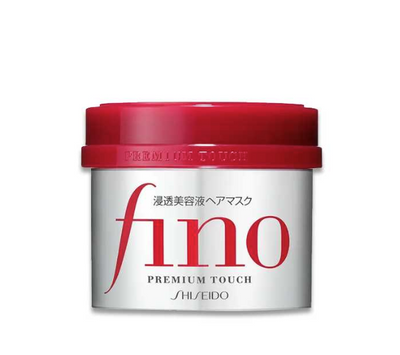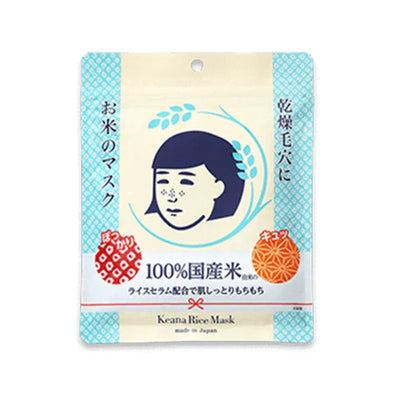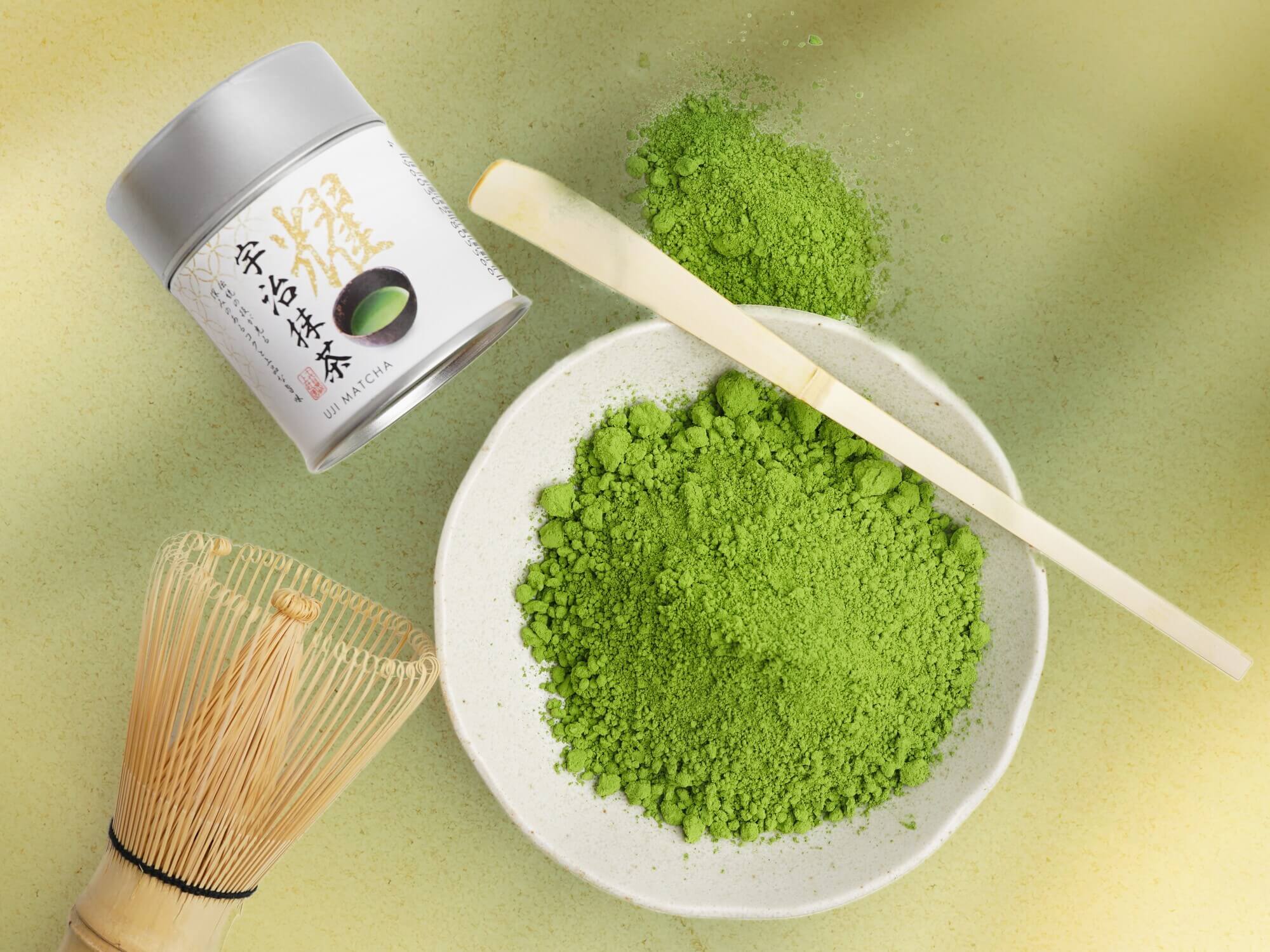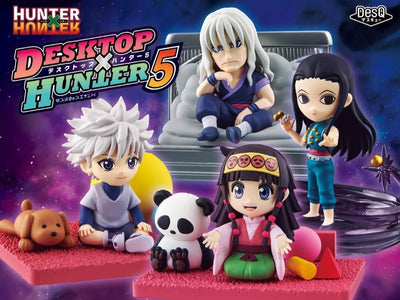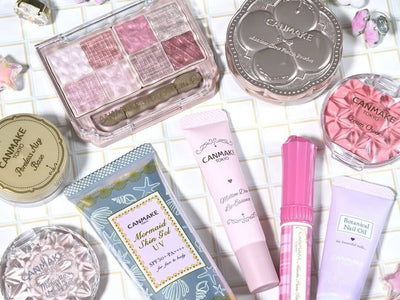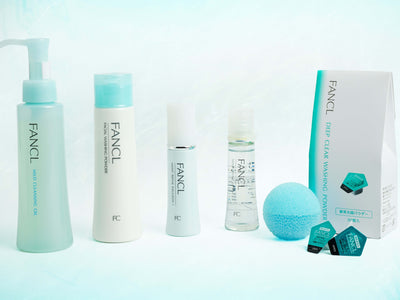In the world of tea, there’s tons of variety and flavors available all around the world, especially for tea lovers. Japan stands out in the tea world thanks to its huge variety of green tea. However, not all green teas are made equal, and one type stands above with its high quality, unique flavor and rich history and culture. Today, let’s explore the national treasure that is Uji matcha!
Read on to learn about this Japanese tea, its history, how it’s made and more!
What is Uji Matcha?

Uji matcha is really the king of green tea here in Japan, so we're happy to dive in to this amazing drink. Image via Instagram (@matchatoheaven)
Before we talk about Uji matcha (or Uji-cha), we should talk a little bit about matcha itself. Matcha is a green tea made of green tea that is finely ground into a silky, soft powder. The green tea plant’s scientific name is Camelia sinensis, which tea makers use to make all kinds of teas, including sencha and hojicha. So, matcha is very specifically the ground and powdered version.
Now, Uji matcha is matcha that is usually grown and always processed in Uji, a city in the southeast of Kyoto Prefecture. This city is actually considered to be a perfect place to grow tea thanks to its location and climate.
Uji has a beautiful river, the Uji River, running through it. Meanwhile, this area is hot in the summer, cold in the winter and often misty with fertile soil. All of this adds up to a place great for tea growth.

The area is also just gorgeous, providing scenic views to enjoy while sipping matcha at one of Uji's teahouses! Image via Unsplash
Matcha from Uji is well-known for its high-quality. The techniques used to grow the plant, the types of leaves used for the matcha and the processing techniques all work together to give the matcha its unique flavor. This green tea becomes creamy and full-bodied with a flavor that is manages to be nutty and a perfect mix of sweetness and savory bitterness.
With the location and popularity of Uji-cha, the city has tons of tea houses that either grow or process this delicacy. The interesting thing is that Uji matcha can be grown in other areas, including Mie, Nara, Shiga and other parts of Kyoto. However, the processing always takes place in Uji, a necessity to put the city’s name on the product.
What Makes Uji Matcha Special?
So, what makes Uji matcha so special and so high-quality? Well, there’s really two sides to it. The first is the high amount of care that goes into the steps of growing and processing the tea leaves. The other side is the cultural aspect to it, with Uji-cha having a very long history and deep cultural impact.
The Process and Care

We're used to seeing tea as leaves or powder and usually in a bag, but this is what Uji-cha looks like before it's harvested! Image via Instagram (@yoshida_meichaen)
While the process differs slightly from tea house to tea house, they do follow a general flow that has been perfected over hundreds of years. The plants are grown normally, but two to six weeks before harvest, they are covered for shade.
This reduces photosynthesis and increases chlorophyll which gives the tea leaves their bright green color. The shade also increases L-theanine production that gives Uji-cha its signature umami flavor.
When it’s time to harvest, the youngest, greenest leaves are picked first by hand. Within a day, the leaves are steamed for a quick 15-20 seconds, stopping oxidization and preserving their color and scent.

Just a couple more steps and we'll have matcha powder that's ready to make some tasty drinks and snacks. Image via Unsplash
The tea leaves then air-dry and get destemmed and deveined. Finally, a traditional stone mill is used to grind the leaved down into a fine powder that is usually silky smooth to the touch.
The actual in-depth process can vary by tea house and company and are often well-kept secrets. What’s even more impressive is that many of these processes are hard to replicate even if they share their secrets!
Did you know you can get delicious Uji green tea powder from MiauMall? That's right! We work with several local businesses to bring you the tastiest and most flavorful green tea that you can enjoy fresh at home! For tasty green tea flavor, check out our Matcha selection!
Uji Matcha Grades

Besides processing techniques, even the timing of harvest can have an effect on matcha, including the color and taste. Image via Instagram (@matcha_couple)
Did you know that within the world of Uji matcha, there are three different grades? The ones we discussed above are Ceremonial Grade, the highest level. This means that this type uses the youngest leaves and is perfect for Japanese Tea Ceremony, or Sadou.
The second grade is Premium Grade, which uses the slightly older tea leaves. The flavor is a tad stronger and a little darker than the top grade. The lowest grade, which is still very high quality, is the Culinary Grade. These leaves are even older, leading to an even stronger and more bitter taste. However, Culinary grade, as the name implies, is the most suitable for use in cooking and baking.
The History and Culture

Zen Buddhism and Uji matcha are kind of intertwined, with this tea's popularity being owed to a priest! Image via Unsplash
You can’t talk about Uji-cha without talking about the all of the history and culture that is intertwined with it. Uji has always been a tea town, with the oldest tea house still in business dating back to the year 1160.
However, the 13th century saw a new type of tea when a Japanese Zen Buddhist priest, Myoan Eisai, brought back two things after a visit to China—tea seeds and the method for creating green tea powder. We weren’t kidding when we said the method has been perfected over centuries.
The tea was initially used in religious ceremonies, and the wealthy and the shogun and samurai classes were able to enjoy it as well. Actually, this is another reason why Uji’s location is important, with officials and elites from Kyoto and Nara (the old capitals of Japan) using villas in the city.
There, they were able to join the tea ceremony that expanded to the villas from the temples. This eventually spread from the temples and the elite to the common folk.
Japanese Tea Ceremony

The Japanese Tea Ceremony is an amazing showcase of Japanese culture with years of tradition, all stemming from Uji! Image via Unsplash
Uji is really the home of the Japanese Tea Ceremony. Like we mentioned, sadou has its start in Zen Buddhist ceremonies. The reason is that the ritual-like preparation and presentation represents peace, harmony, happiness and mindfulness.
Aesthetics also became a huge part of the ceremony, with everything from the nature outside and the room’s atmosphere to the design of the bowl being important. All of this comes from Uji!
Enjoying Uji-Cha
One of the great things about matcha is the fact that there are tons of ways to enjoy it! Let’s check out the traditional way, a couple of non-traditional ways and some tasty matcha treats.
Traditional Matcha Style

Classic matcha is the best way to fully enjoy the flavors of Uji's special tea, and here's how to make it! Image via Instagram (@matchatoheaven)
Traditional matcha is pretty easy to make and just requires a bit the tea powder, hot water and elbow grease. Take one to three teaspoons of matcha powder and pour in a small amount of hot (but not boiling) water. Then, just whisk it until it becomes frothy.
However, for the best results, start by sifting the powder into the bowl to prevent clumping. Then, add your hot water and whisk it with a chasen, a traditional Japanese bamboo whisk.
Variety and Deliciousness

For those who want a sweeter experience, matcha lattes and other matcha drinks are a great option! Image via Instagram (@mikity_foodmemories)
Uji matcha can also be used to make plenty of other items. If you’re looking for drink variety, you can add steamed milk and your favorite sweetener to your Uji-cha mixture for a matcha latte. Just know that it’s usually better to make it the traditional way and then mix it in instead of putting the powder directly into the milk.
You can also enjoy matcha in a variety of foods. Many cafes in Uji offer sweets like mochi, shaved ice and soft-serve ice cream topped with matcha powder for a sweeter matcha experience. You can also find plenty of baked goods, like bread, cakes and pastries that have a tasty matcha flavor.
If you go to the convenience stores of Japan, especially during traditional seasons like cherry blossom or New Year’s, and you can find plenty of Uji matcha snacks, including Pocky, Kit Kat, Black Thunder and more! Plus, plenty of places, like Starbucks, may feature some Uji-cha foods and drinks for a limited time during some seasons!

Even Denny's Japan has been known to feature a fun and fancy Uji matcha dessert menu from time to time! Image via Instagram (@dennysjp_official)
So now that you know all about Uji and its delicious matcha, all that’s left is to drink and enjoy it for yourself! While you can spend money on a plane ticket and go to Uji yourself, you can also buy this tasty green tea powder from several Uji shops here at MiauMall!
